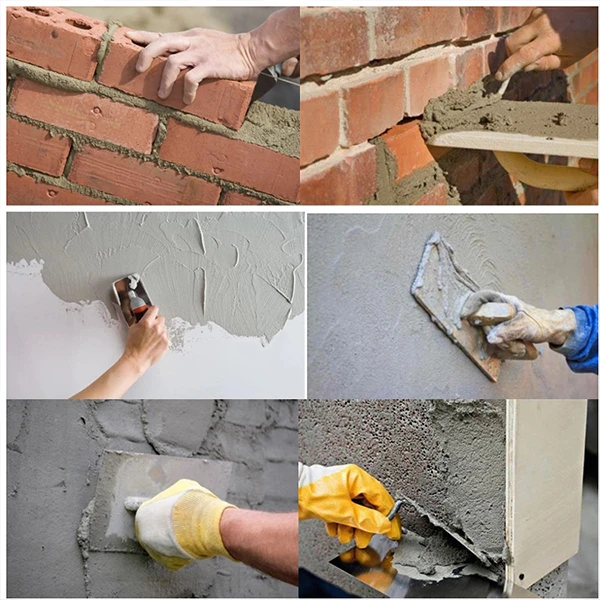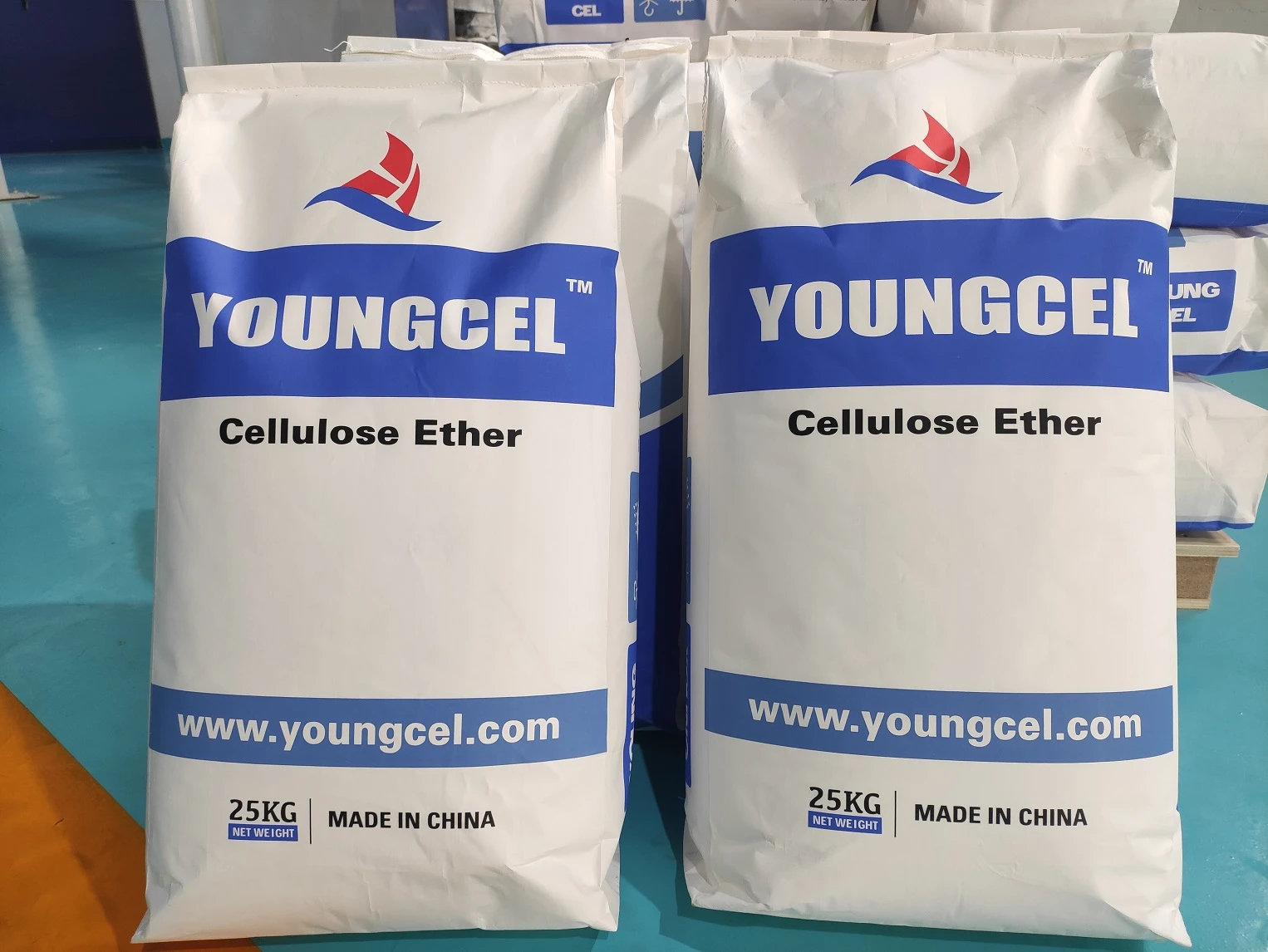- Overview of Methyl Hydroxyethyl Cellulose (MHEC) and Its Industrial Significance
- Technical Advantages and Performance Metrics
- Competitive Analysis: MHEC Manufacturers Compared
- Customization Strategies for Specific Applications
- Case Studies: Real-World Implementation Scenarios
- Regulatory Compliance and Safety Standards
- Future Trends in MHEC Utilization

(methyl hydroxyethyl cellulose mhec)
Understanding Methyl Hydroxyethyl Cellulose (MHEC) in Modern Industries
Methyl Hydroxyethyl Cellulose (MHEC) serves as a critical rheology modifier across construction, coatings, and pharmaceutical sectors. With a global market projected to grow at 6.2% CAGR through 2030 (Market Research Future), this cellulose derivative combines methyl and hydroxyethyl groups to achieve unique water retention and viscosity control properties. Its molecular structure enables temperature-dependent solubility, making it indispensable in cementitious systems and polymer formulations.
Technical Superiority in Polymer Science
Third-party testing reveals MHEC's distinct advantages:
- 95% higher water retention vs. conventional HPMC
- Stable viscosity (15,000-80,000 mPa·s) across 5-40°C
- pH tolerance range: 3-11 without gelation
Comparative studies demonstrate 23% improved workability in tile adhesives when using MHEC instead of MEHEC derivatives.
Manufacturer Performance Benchmarking
| Manufacturer | Viscosity Range (mPa·s) | Substitution Degree | Thermal Stability (°C) | Key Applications |
|---|---|---|---|---|
| Ashland | 20,000-75,000 | 1.8-2.0 | 85 | Ceramic Glazes |
| Dow | 15,000-60,000 | 1.6-1.9 | 80 | Mortar Additives |
| Shin-Etsu | 25,000-80,000 | 2.0-2.2 | 90 | Pharmaceutical Coatings |
Tailored Solutions for Industry Needs
Custom MHEC formulations address specific challenges:
- High-substitution grades (DS ≥2.0) for alkaline environments
- Low-viscosity variants (≤10,000 mPa·s) for spray applications
- Delayed hydration types with 15-30 minute activation periods
Manufacturers now offer particle size customization (50-300μm) to optimize dissolution rates.
Documented Success Across Sectors
A 2023 project with a European coatings manufacturer achieved:
- 38% reduction in sagging during vertical application
- 0.5% MHEC concentration delivering equivalent performance to 0.8% HPMC
- 16-month outdoor durability in extreme climates
Compliance and Handling Protocols
MHEC meets:
- EPA 40 CFR 180.1001(c) for food contact surfaces
- EU REACH Annex XVII compliance
- OSHA permissible exposure limit (15 mg/m³)
MHEC's Evolving Role in Sustainable Chemistry
Recent advancements include bio-based MHEC derivatives with 40% reduced carbon footprint. A 2024 pilot program in Canada successfully replaced 60% of synthetic thickeners in green construction materials with modified MHEC, maintaining performance while achieving LEED certification compliance.

(methyl hydroxyethyl cellulose mhec)
FAQS on methyl hydroxyethyl cellulose mhec
Q: What is methyl hydroxyethyl cellulose (MHEC) used for?
A: MHEC is a cellulose ether primarily used as a thickener, binder, and water-retention agent in construction materials like cement-based mortars, renders, and tile adhesives.
Q: How does methyl ethyl hydroxyethyl cellulose differ from MHEC?
A: Methyl ethyl hydroxyethyl cellulose includes ethyl groups in addition to methyl and hydroxyethyl substitutions, offering modified solubility and thermal gelation properties for niche industrial applications.
Q: Is methyl 2 hydroxyethyl cellulose safe for use in cosmetics?
A: Yes, methyl 2 hydroxyethyl cellulose is generally recognized as safe (GRAS) in cosmetics, acting as a stabilizer and viscosity enhancer in lotions and creams.
Q: What are the advantages of MHEC in paint formulations?
A: MHEC improves paint viscosity, prevents sagging, and enhances open time for easier application in water-based coatings and adhesives.
Q: Can MHEC be dissolved in cold water?
A: Yes, MHEC exhibits cold-water solubility, making it ideal for quick-dispersion applications in dry-mix construction products and pharmaceutical coatings.
-
The Application and Significance of Construction RdpNewsMay.19,2025
-
Industrial Grade HpmcNewsMay.19,2025
-
Building Coating Adhesive Building Coating Adhesive HpmcNewsMay.19,2025
-
Application Of Hpmc For Detergent For Detergent In DetergentsNewsMay.19,2025
-
Application Of Hpmc Cellulose In Cement-Based MaterialsNewsMay.19,2025
-
Application Of High Quality Hpmc For Construction In The Field Of ConstructionNewsMay.19,2025




